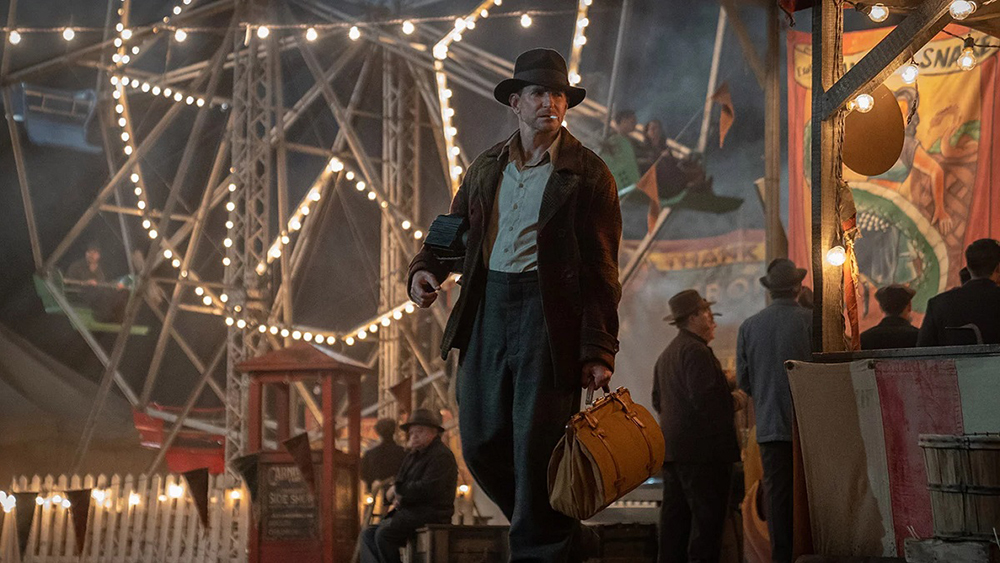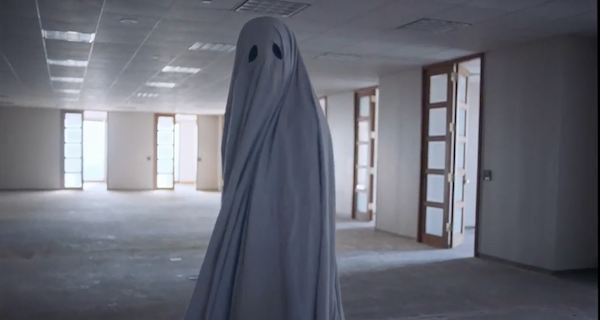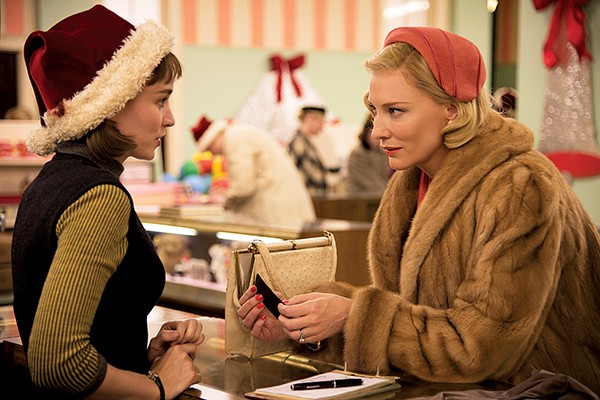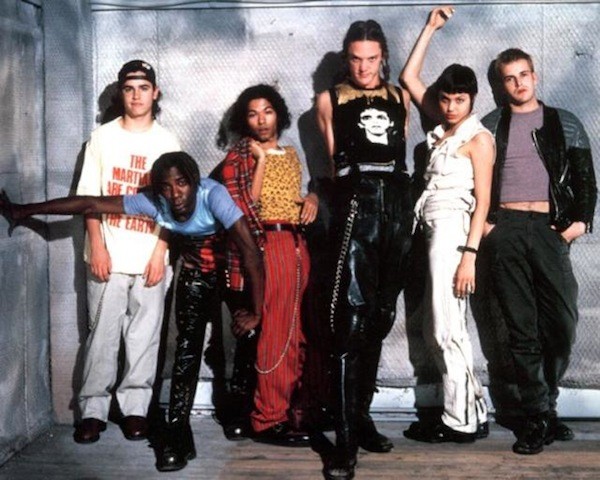The United States won the propaganda portion of World War II by emphasizing the better angels of our nature. Our individual freedoms of expression, rule of law, and economic self-determination were superior to the dehumanizing groupthink of the fascists. Later, this same formula was successfully brought to bear on the authoritarian communists of the Soviet Union. But after the war, G.I.s who were fighting for this vision of ultimate human freedom returned home to an imperfect country of widespread economic inequality, racism, and religion-driven patriarchy, where criminals and liars prospered while good people were ground down by the brutalities of capitalism.
It was taboo to talk openly about such things during the triumphal postwar era, but beginning in 1944 with Double Indemnity, the discontents coalesced into a new kind of crime film. For Hollywood, centering the criminal was nothing new; Jimmy Cagney had made a career out of playing charismatic psychopaths in the 1930s. But this movement, which the French dubbed film noir, was something different. Cagney’s gangsters were self-made men, but film noir rejects the idea that we are masters of our own fate. The noir antihero is not empowered by his dreams, but rather brought low by his ambition. The land of opportunity is full of tricksters and confidence men, but the one mark you can never fleece is the mark within.

William Lindsay Gresham’s novel Nightmare Alley was first adapted for film in 1947, during the height of the noir movement. Set in the world of cheap carnivals and spiritualist swindlers, it’s an atypical noir. There’s no tough-guy detective, and the femme fatale doesn’t show her cards until the climax. But its spooky world-building and uncompromisingly bleak vision of humanity resonated with director Guillermo del Toro, who adapted the story as his follow-up to his 2017 Best Picture winner The Shape of Water.
The director has said this is his first film without a monster, but that’s not true. The monster wears the face of Bradley Cooper as Stan, a down-on-his-luck drifter who finds work at a traveling carnival, run by Clem (Willem Dafoe). He is befriended by Pete (David Strathairn), a hard-drinking carny who takes pity on the penniless stranger, and whom Stan instantly betrays by sleeping with his wife Zeena (Toni Collette). Pete and Zeena’s spiritualist act once made them the toast of Europe, but now Zeena fleeces the rubes as a psychic and tarot reader while trying to keep Pete from drinking himself to death. Stan hectors Pete into teaching him the secrets of cold-reading a mark. When Pete finally succumbs to alcoholism, Stan steals his book of tricks and absconds with cute fellow carny Molly (Rooney Mara).
We catch up with the couple in New York, where they’re selling out fancy nightclubs every night with a mix of fake mind-reading and mumbo jumbo. When Stan is presented with a particularly rich mark in the person of gangster Ezra Grindle (Richard Jenkins), he seduces psychologist Lilith (Cate Blanchett) into divulging her client’s deepest secrets.
Cooper, playing a part originated by the great Tyrone Power, is perfect. You might think, because he gets the most close-ups, that he’s the hero, but Stan is under no such delusions. He tells Lilith that he’s attracted to her because “You’re no good, just like me.” The genius of the story is how every step down Stan’s path to damnation is just a slight escalation from his last lie. Blanchett plays the Hitchcockian ice queen you always knew she had in her, while Collette is a Cassandra whose warnings of the ruin caused by misusing the tools of a perfectly respectable con are ignored. Also great are Willem Dafoe having the time of his life as a sleazy but articulate carny and Mary Steenburgen as a grieving mother taken in by Stan’s rackets.
Veering from the grubby midway to the resplendent art deco interior of Lilith’s office, Nightmare Alley is visually ravishing. It had the misfortune of being buried at the box office by Spider-Man: No Way Home and Omicron, but hopefully its well-deserved Best Picture nomination will help bring a new audience to this mini masterpiece of neo-noir. After all, Nightmare Alley’s dark vision of America as a utopia for confidence men and carnival barkers has never felt more relevant.
Nightmare Alley is streaming on Hulu.







